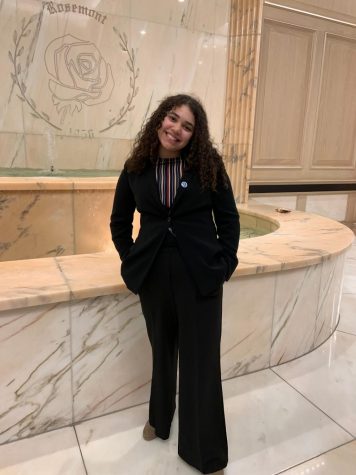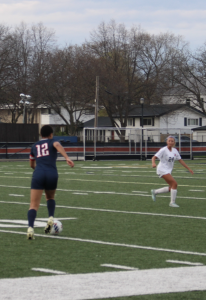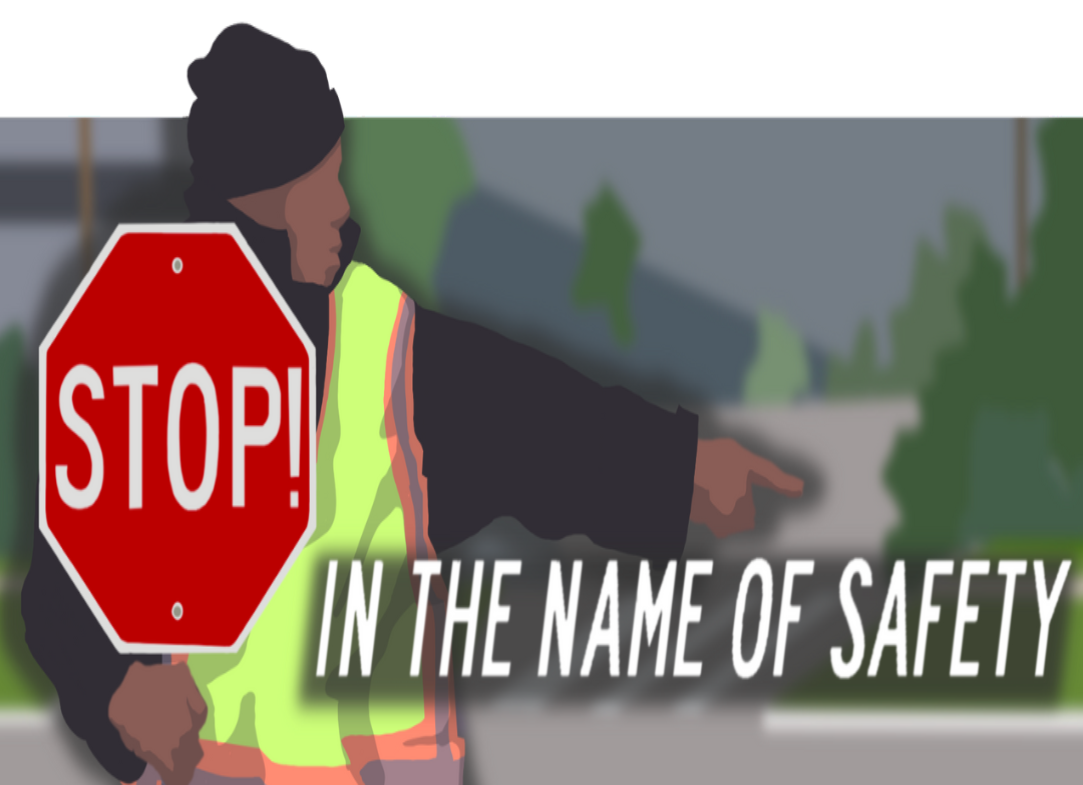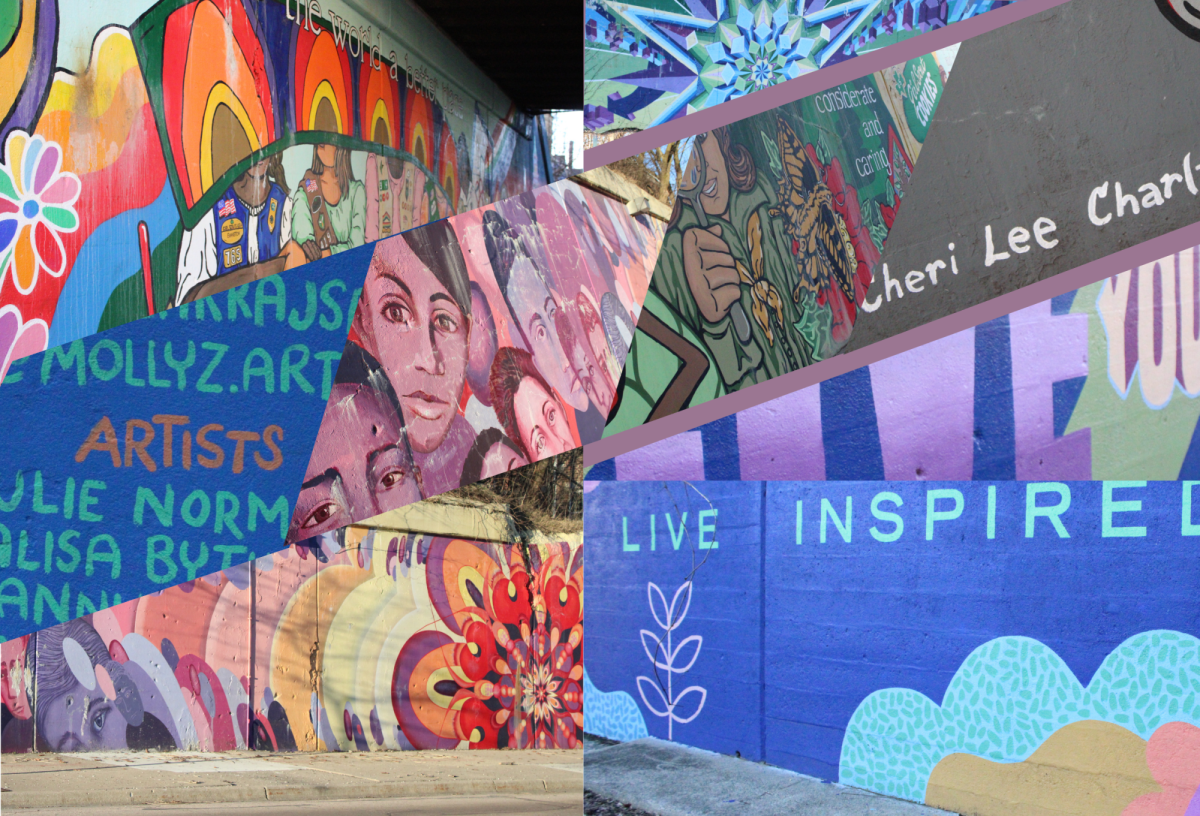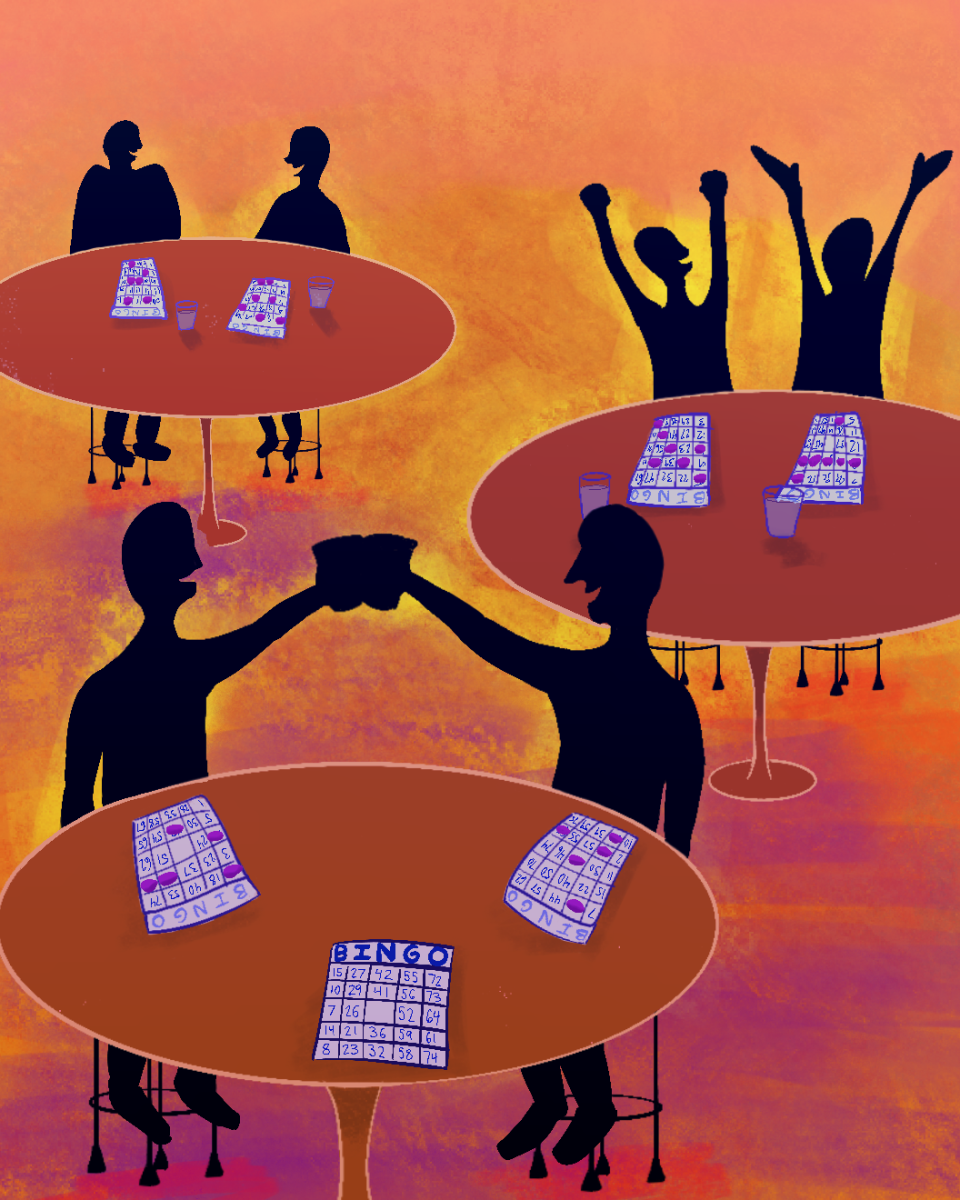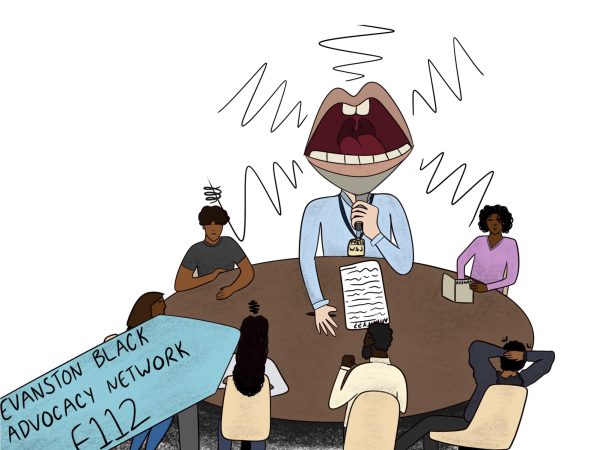Opinion | The complexities of intergenerational trauma
January 25, 2021
Intergenerational trauma has disproportionately impacted Black people, Indigenous people and people of color (BIPOC), because the history of America is on the basis of Black and Indigenous trauma. This trauma is not only being passed on from family generations but also is constantly reinforced by the media and education system.
Intergenerational trauma is trauma passed down through generations. The trauma that is passed down from generation to generation has an impact on the health and wellbeing of those with us now. This history is passed down genetically from family members; the hardships and challenges they have faced may impact their family in the future. Some signs of this trauma are: not discussing your feelings because it can be perceived as a sign of weakness or some families being overprotective of their children even without an immediate threat. Although there are no specific criteria to show that a person has been affected by intergenerational trauma, those who have endured abuse, continued racism or been affected by poverty are more likely to have a genetic change from this trauma.
Not only is slavery still legal in the American prison system, but the aftermath of slavery is still present in American culture. The Black community has dealt with countless trauma in our community, and it continues to be passed down through generations. The racism in America that existed 150 years ago is still present to this day, and the trauma that was experienced is still being passed on by our families and is even perpetuated by the media. Black trauma is rooted in American history; Black people are forced to relive their trauma all of their life because of the racist systems ingrained in America’s culture. Some examples can be, but are not limited to, the education system, workplaces and the justice system. These barriers are noticeable to Black people, but not acknowledged by their white counterparts. Not only is the trauma relived and reminded of every day, but the trauma is also engraved in the genetics of the Black community.
The Indigenous community in America had their land stolen, was forced to assimilate into American cultures and was stripped of all of their rights. Children were sent to camps that forced them to forget their culture. The destruction of Indigenous culture has never been correctly taught to American children, as the Christopher Columbus narrative is engraved into society. Not only does this impact the Indigenous community, but the community is still having an ongoing battle with America, as most of the original treaties put in place at the beginning of the white colonization of land have been ignored, and Indigenous reservations are being impacted by many aspects of American culture and decisions by governments across the country.
The education system is a failure to oppressed individuals, because their trauma is revisited in the least honest and least respectful way possible. All of what American history glamorizes in museums and at historical sites is off of oppressed people and a profit is made from this oppression.
An article from the New York Times discusses this ongoing struggle for Indigenous communities since the Civil Rights Act. “Indigenous peoples often tried their best to preserve their sacred objects and to protect the graves of their ancestors,” the article states. “But most communities were unable to stop the plunder. On the heels of the Civil Rights Movement, Native Americans began to more publicly renounce museums for stealing their heritage.”
Although the article educates privileged communities on experiences they wouldn’t understand, it does not use any of the profit to contribute to the struggling communities that could eventually help heal this trauma.
Although there is no definitive answer on how to solve generational trauma, the most important step towards ending the cycle is through family healing. The healing process can come in many ways. Although therapy is a necessity, it is also a financial restraint that makes it untenable for many families. Some other healing factors would be to help families with health care or financial support and housing support, as well as helping with educational factors, to name a few. These supports seem like a given to many, but a lot of this trauma is rooted in poverty and oppression, which can be resolved with systems in place to actively help those who are struggling.
Intergenerational trauma impacts countless communities today. It is important that we reflect on the trauma that impacts communities around the world and work on our development, as well as reconstructive growth, that can benefit more communities in the end.

